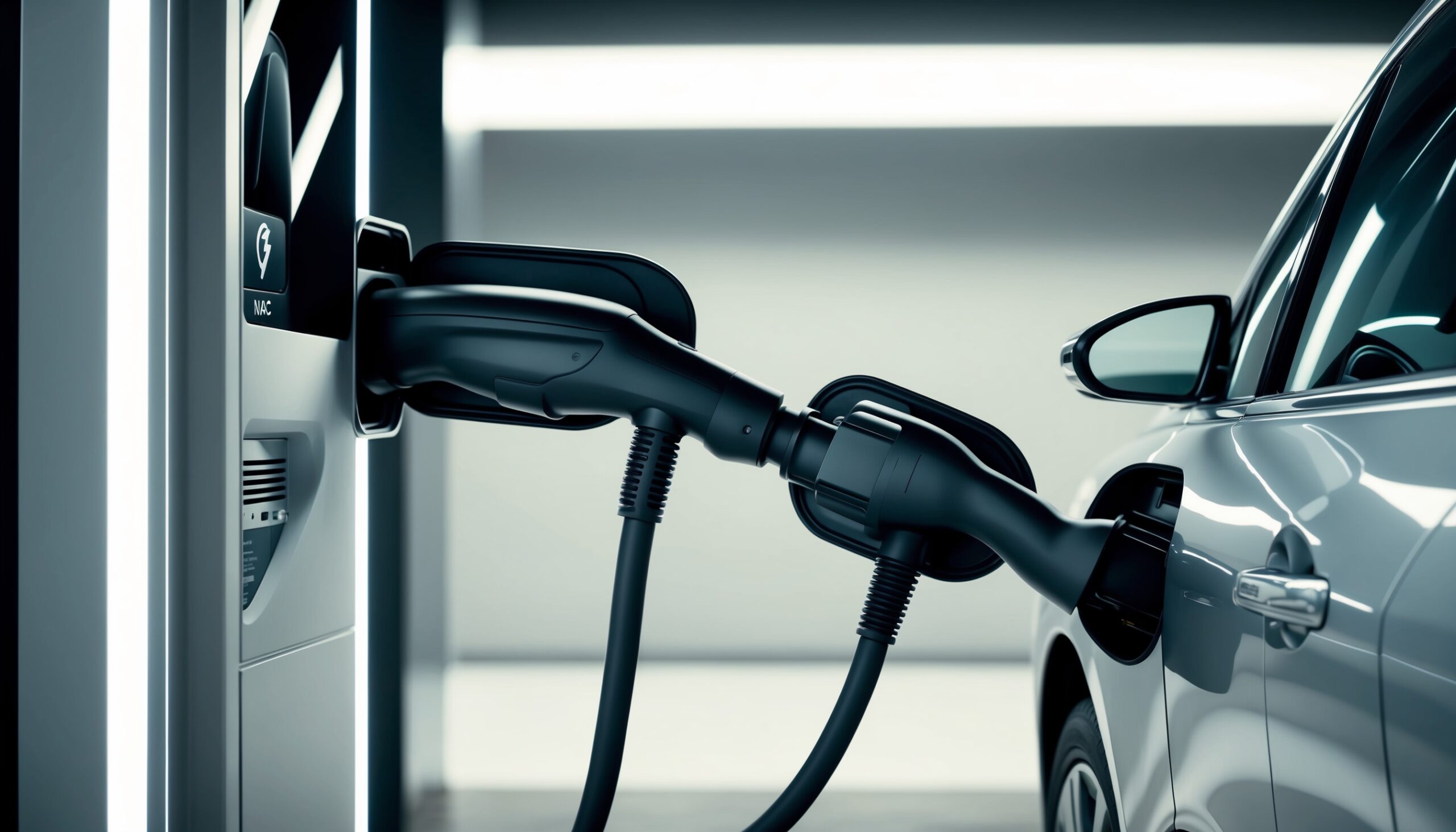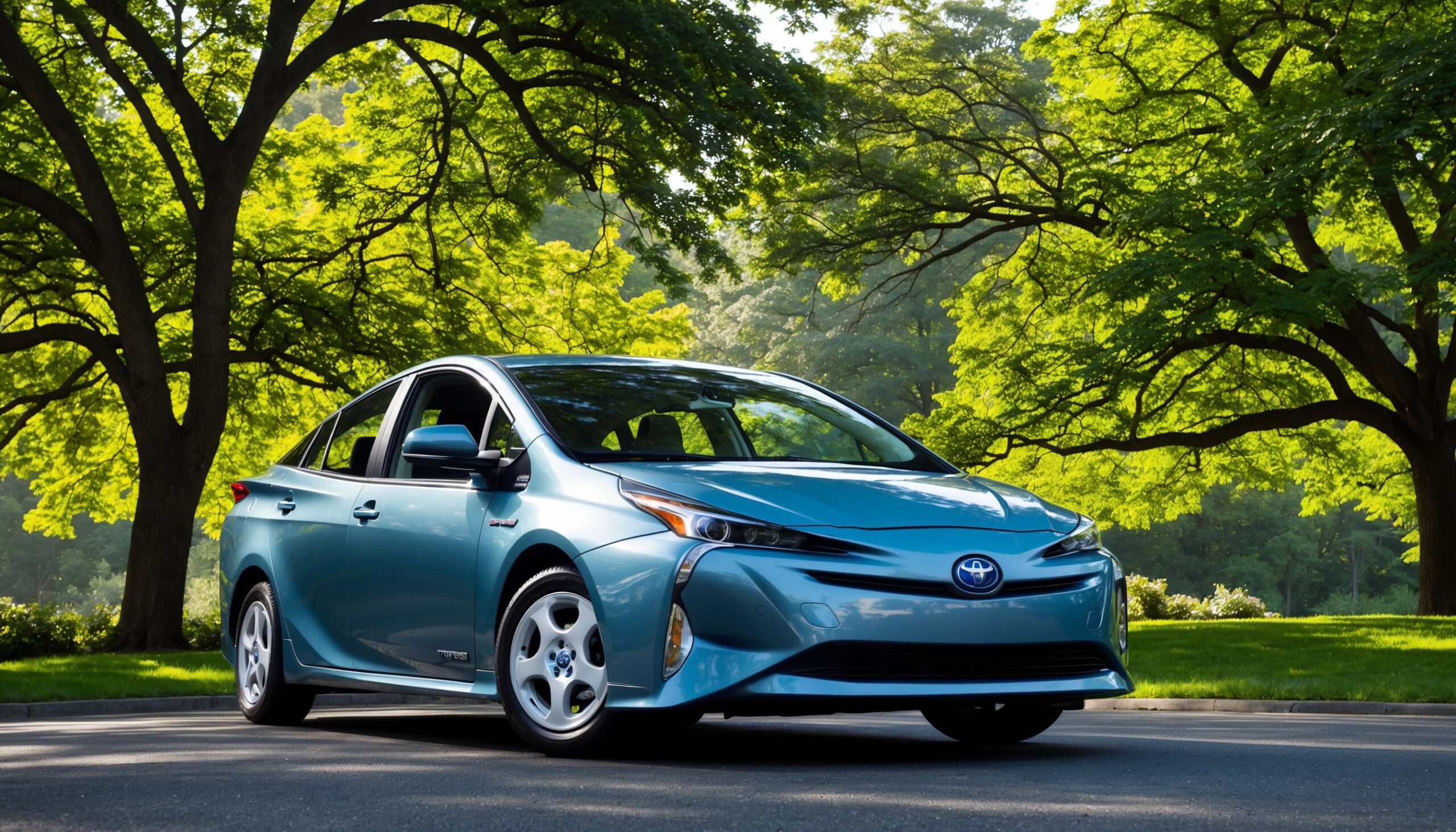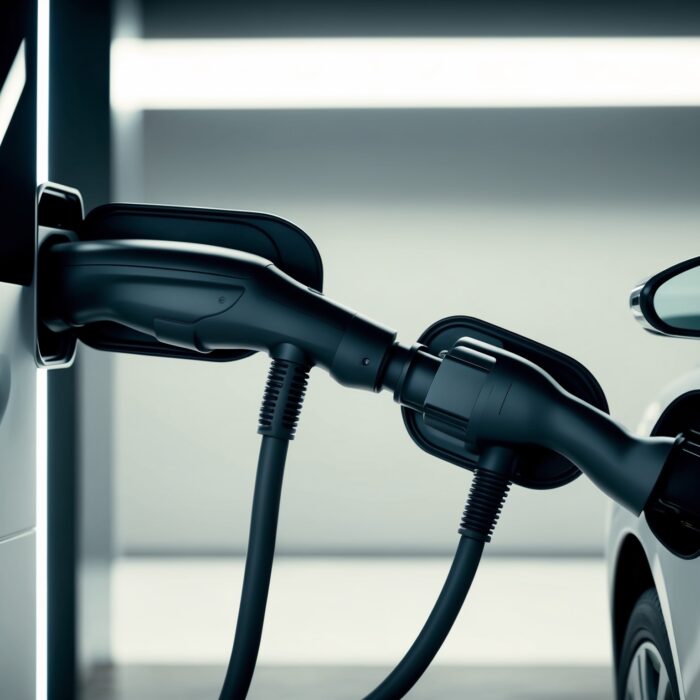Reshoring and Nearshoring: Bringing Auto Parts Manufacturing Back Home
The automotive industry has always been a fascinating world, where engineering meets artistry, and speed meets safety. But behind the sleek designs and roaring engines lies a complex web of manufacturing processes. In recent years, a significant shift has been occurring in the way auto parts are produced and sourced. Reshoring and nearshoring are becoming buzzwords in the industry, and for good reason. These concepts are not just reshaping the supply chain; they are also influencing how car enthusiasts like us perceive our beloved vehicles. So, buckle up as we explore the ins and outs of reshoring and nearshoring in automotive manufacturing.
Understanding Reshoring and Nearshoring
Before we dive into the impact of these practices on the automotive industry, let’s clarify what reshoring and nearshoring actually mean.
What is Reshoring?
Reshoring refers to the process of bringing manufacturing operations back to the home country from overseas. For the automotive sector, this means that companies are relocating their production facilities back to the United States or other regions closer to their primary markets.
What is Nearshoring?
Nearshoring, on the other hand, involves moving manufacturing operations to a nearby country, typically one with lower labor costs but still within a manageable distance for logistics. For the U.S. auto industry, this often means moving production to Mexico or Canada.
The Rise of Reshoring in the Automotive Industry
So, why are more automotive companies choosing to reshore? There are several compelling reasons that highlight the advantages of bringing manufacturing back home.
1. Supply Chain Resilience
The COVID-19 pandemic exposed vulnerabilities in global supply chains. Disruptions in shipping, labor shortages, and factory closures revealed that relying solely on overseas production can be risky. By reshoring, companies can create a more resilient supply chain that is less susceptible to global disruptions.
2. Quality Control
When automotive parts are made overseas, it can be challenging to maintain stringent quality control standards. By bringing manufacturing back home, companies can oversee production more closely, ensuring that every part meets the high-quality standards that car enthusiasts expect.
3. Job Creation
Reshoring has the potential to create thousands of jobs in the automotive sector. By investing in domestic manufacturing, companies can boost local economies and provide employment opportunities for skilled workers.
4. Cost-Effectiveness
While it may seem counterintuitive, reshoring can often be more cost-effective in the long run. Companies face rising labor costs in countries like China and shipping expenses that can add up quickly. By manufacturing closer to home, they can save on these costs while also reducing lead times.
5. Consumer Preferences
More consumers are becoming conscious of where their products come from, with many preferring to buy American-made goods. By reshoring, automotive companies can tap into this growing demand for local products, appealing to patriotic sentiments that resonate with car enthusiasts.
Nearshoring: The Flexible Alternative
While reshoring is gaining traction, nearshoring remains a popular option for many automotive manufacturers. The reasons for this are equally compelling.
1. Cost Savings
Manufacturing in countries like Mexico can significantly reduce labor costs compared to the U.S. This allows companies to maintain competitive pricing while still enjoying the benefits of shorter shipping times and reduced tariffs.
2. Skilled Workforce
Mexico has developed a skilled workforce in the automotive sector, thanks to the influx of foreign investment over the years. Many manufacturers find that they can access a pool of talent that is well-versed in automotive assembly and production techniques.
3. Proximity to the U.S. Market
Nearshoring to Mexico or Canada means that parts can be transported quickly and efficiently across the border. This proximity reduces transportation costs and lead times, which is crucial for just-in-time manufacturing practices that many automotive companies employ.
The Environmental Impact
In addition to economic considerations, reshoring and nearshoring can have a positive environmental impact. By reducing the distance that parts need to travel, companies can lower their carbon footprint. Additionally, local manufacturing can often lead to more sustainable practices and less waste.
Challenges in Reshoring and Nearshoring
While the benefits are compelling, reshoring and nearshoring are not without their challenges.
1. Initial Investment Costs
Bringing manufacturing back home requires a substantial initial investment. Companies must consider the costs associated with building new facilities, upgrading technology, and training workers. This can be a significant hurdle, especially for smaller manufacturers.
2. Workforce Development
The transition back to domestic manufacturing may also require upskilling the existing workforce or even hiring new employees. This process can take time and resources, which might deter some companies from making the leap.
3. Economic Uncertainty
The economic landscape can be unpredictable. Fluctuating demand, trade policies, and labor market conditions can all affect the feasibility of reshoring and nearshoring initiatives. Companies need to carefully assess these factors before making significant changes to their supply chains.
The Role of Technology
As companies consider reshoring and nearshoring, technology plays a crucial role in facilitating this transition. Automation, robotics, and advanced manufacturing techniques can help offset some of the labor costs associated with domestic production. By leveraging technology, manufacturers can enhance efficiency and maintain competitiveness.
1. Automation in Manufacturing
Automation is transforming the way automotive parts are produced. With robotic arms and AI technology, manufacturers can streamline processes, reduce errors, and increase productivity. This means that even with higher labor costs in the U.S., companies can still remain profitable.
2. Data-Driven Decision Making
Data analytics and predictive modeling can help companies make informed decisions about where to locate their manufacturing operations. By analyzing market trends and consumer behaviors, they can identify the best opportunities for reshoring or nearshoring.
Case Studies: Success Stories in Reshoring and Nearshoring
To better illustrate the impact of reshoring and nearshoring in the automotive industry, let’s take a look at a few success stories.
1. Ford Motor Company
Ford has been a pioneer in reshoring efforts, investing heavily in domestic manufacturing. In recent years, the company has committed to bringing back production of several key components to its plants in Michigan. This move has not only boosted local employment but also allowed Ford to respond more quickly to changes in consumer demand.
2. General Motors
GM has also embraced nearshoring, particularly in Mexico. The company has established manufacturing facilities that produce parts for vehicles sold in both the U.S. and Latin America. This strategy allows GM to capitalize on lower labor costs while still maintaining proximity to its primary market.
3. Tesla
Tesla has taken a unique approach by establishing Gigafactories that focus on local production. By investing in advanced manufacturing technology and sustainable practices, Tesla has made significant strides in reshoring key components for its electric vehicles. This not only supports job creation but also aligns with the company’s commitment to sustainability.
The Future of Automotive Manufacturing
The future of automotive manufacturing is undoubtedly shifting towards reshoring and nearshoring. As companies navigate the complexities of global supply chains, the benefits of local production are becoming increasingly appealing. For car enthusiasts, this shift may mean not only better quality parts but also a greater sense of pride in knowing that their vehicles are built closer to home.
As we continue to embrace innovation and technology, the automotive industry will evolve, leading to exciting advancements in manufacturing practices. Companies that adapt to these changes will not only thrive but also contribute to a more sustainable and resilient automotive landscape.
Final Thoughts on Reshoring and Nearshoring
As we’ve explored, reshoring and nearshoring are more than just trends; they represent a fundamental shift in how the automotive industry operates. For car enthusiasts, this means a future where the vehicles we love can be produced with greater care and precision, all while supporting local economies and reducing environmental impact.
At Torque Feed, we’re committed to keeping you informed about the latest developments in the automotive world. Whether it’s new manufacturing practices or the latest model releases, we’re here to fuel your passion for cars and the industry that makes them possible. So, let’s continue to embrace this exciting journey as we watch the automotive landscape transform before our eyes!












